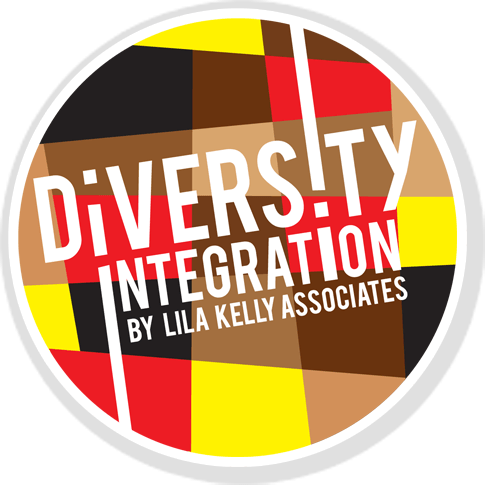
Unconscious bias can influence the hiring process at both individual and systemic levels. By increasing awareness of these biases across the entire interview team, hiring managers and interviewers can take steps to identify, manage, and eventually eliminate them.
Think about this: every person an applicant interacts with during the hiring process becomes part of their perception of the organization. Whether intentional or not, applicants often view everyone they meet as representatives of the hiring team. This can include:
- Human resource professionals and hiring managers
- Department employees participating in interviews
- Employment test administrators
- Administrative assistants
- Receptionists
- Security personnel
Bias can show up in many forms across an organization. One way to detect it is by looking for inconsistencies in how candidates are treated during the hiring process.
An Example of Bias in Action
Consider the experience of Lakesha, an African American HR professional applying for a position. She shared:
“The people I met in the HR department were very nice. But when I met the woman who administered the employment test, it was like she was so sure that I would not understand the test and wouldn’t do well. After I read the test instructions, she felt it was necessary to explain what I had just read. I did ask, ‘Do you do this for all of your candidates?’ And she said, ‘Well, no, but I just want to be sure that you understand.’ It just really ticked me off and also gave me a negative feeling about [the organization] after that.”
Lakesha’s story illustrates a clear inconsistency within the interview process. While HR staff treated her professionally, the test administrator’s behavior likely left her feeling undervalued and disrespected. This kind of inconsistency could easily result in losing a qualified candidate.
Bias at the Systemic Level
Systemic bias is often more challenging to identify. It can be subtle, disguised, or, in some cases, glaringly obvious. When leadership fails to address these issues, systemic bias becomes entrenched as part of an organization’s culture.
For instance, if the comfort level of the interview team consistently takes priority over the applicant’s, this could signal systemic bias. Patterns such as diverse applicants declining job offers or experiencing higher turnover rates after being hired are further red flags.
Statements like these from hiring team members can also indicate unconscious bias:
- “I don’t think she’s a good fit for the position.”
- “He didn’t come across well in the interview; I just didn’t feel comfortable with him.”
When you hear such statements, how do you respond? It is important to remember that an interviewer’s discomfort with an applicant often reflects their own bias—not the applicant’s qualifications.
Recognizing and Addressing Bias
Bias can also appear in subtle remarks, such as “You speak excellent English” or “You’re very articulate.” While these may seem like compliments, they often carry underlying assumptions. Recognizing and addressing these microaggressions is critical to creating an inclusive hiring process.
Another common example is when an interviewer projects their own discomfort onto the applicant, saying, “I don’t think they would feel comfortable in this role.” This assumption may stem from the applicant’s diverse background or being the only person of that background in the workplace. The real issue lies within the organization’s environment—not with the applicant.
Taking the First Step
The first step to eliminating unconscious bias is identifying where it exists in your organization’s interview team and hiring practices. Interviewers must learn to recognize their biases and hold one another accountable. While this may feel challenging initially, fostering an environment focused on growth and inclusion can strengthen accountability and improve the overall hiring process.
Start Your Journey Toward Inclusive Hiring
Our research-based training modules on Integrating Diversity and Inclusion into Hiring offer an excellent starting point. For a deeper dive into unconscious bias, consider our Blended Learning workshops. By addressing individual and systemic biases in your organization, you can create a fairer, more inclusive hiring process—and attract the top talent your organization needs to succeed.
Copyright © 2025 Lila Kelly Associates, LLC. Not to be reprinted without written permission from Lila Kelly. Integrating Diversity into Interviewing, Hiring, Recruiting and Retention – Since 1992. See our training on diversity, equity and inclusion at diversityintegration.com. We offer Online Training, Train-The-Trainer, Blended Learning, and Books. Subscribe to our newsletter here.
